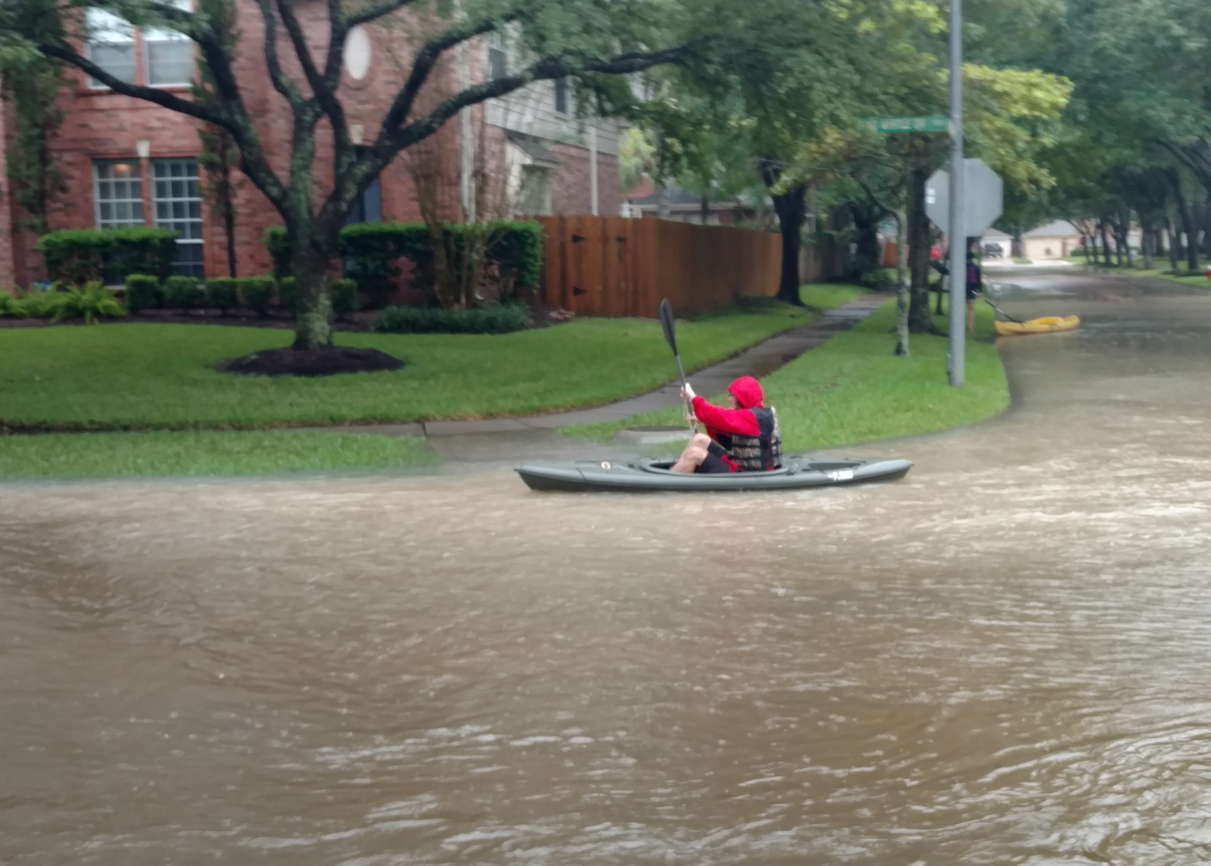That year was an especially terrible hurricane season. 2017 saw 10 storms in a row that raged into hurricanes, something that hadn't happened since 1893. And while many regions are still struggling to recover from Hurricane Harvey's effects, a new report from the Texas Comptroller of Public Accounts shows a strong economic recovery from the storm.
In the summer, many Texas homeowners use soaker hoses to prevent foundation damage in the extreme heat. In general, soaker hoses should be placed 1 to 1.5 feet away from the foundation of a house. Of course, in recent years, many Texas homes have also been damaged by an excess of water, with frequent flooding in many highly populated areas. During Hurricane Harvey, Houston alone saw more than 30 inches of rain and 180,000 damaged homes.
While many businesses and individuals suffered severe financial consequences from the storm, the comptroller's report suggests that the overall recovery from Harvey has been quite robust.
How is that possible? And how did the comptroller's office arrive at this conclusion?
Three Years Later: The Recovery From Hurricane Harvey
The comptroller's office compared losses such as utility outages, lost wages, and lost productivity to economic activity from insurance companies, construction companies, government spending, and other spending.
Between 2017 and 2019, the comptroller estimates that the Texas economy lost $19.8 billion, while it gained $20.6 billion in the same time period.
Some industries can cut their production costs by as much as 35% by working with contract manufacturers, and government disaster relief has helped many businesses recover losses. In particular, the chemical industry and the oil and gas industry have recovered strongly since the hurricane.
In Houston, the recovery has affected consumers and businesses alike. Thanks to a strong economy - and a strong state petroleum industry - consumer spending is on the rise. So while every year hotel and motel fires cause about $76 million in property losses, Houston's hotels were able to recover relatively quickly from a devastating hurricane.
"This is powerful growth for a market like Houston, which was troubled a little before the hurricane with the oil price crash and the number of new developments coming online," said Jeff Binford, the director of CBRE Hotels in Houston, to Hotel Management. "Now, not only are oil prices increasing, growth is also coming from petrochemical transactions, acquisition of land, new technology and products and the ongoing expansion of the Port of Houston."
A Recovery That Doesn't Work For Everyone
Despite the optimistic outlook of the report, the comptroller's office acknowledged that the recovery was not evenly spread across the region.
"Houston was able to rebound quite quickly," said Joyce Jauer, a senior revenue analyst with the comptroller. "However the coastal areas had a much harder time, especially because of their reliance on tourism."
The unequal recovery wasn't just felt geographically, but across industries as well.
"Manufacturing was able to go online again by the second or third month," said Jauer. "Small businesses struggled longer than large businesses to bounce back."
And, of course, many Texans are still waiting for the government disaster spending that was pledged to support the recovery. Years after the Category 4 storm made landfall, many people are choosing to move rather than rebuild. So while the Texas economy may have largely recovered, many communities never will.













